
Waldencast Expands Obagi Into Dermal Fillers With Novaestiq Corp. Acquisition
Waldencast, owner of Obagi Medical and Milk Makeup, is taking a major step into medical aesthetics by acquiring Novaestiq Corp. and doubling the size of its addressable market in the process.
The deal gives Waldencast the perpetual, exclusive rights in the United States to Saypha, a hyaluronic acid dermal filler developed by pharmaceutical firm Croma-Pharma in 2021 via a joint venture with Gore Range Capital. Saypha will be marketed under the Obagi nameplate, marking the professional skincare brand breaking into the $2 billion dermal filler industry and positioning Waldencast to play a significant role in aesthetics.
Waldencast is paying $3 million in cash at closing, with the remainder structured as equity earnouts tied to United States Food and Drug Administration approval milestones and sales thresholds of $100 million and $200 million. “It’s almost a pure performance-based acquisition,” says Waldencast founder and CEO Michel Brousset. “For the scale it brings, it’s an incredible deal.”
Brousset characterizes the transaction as the start of Obagi becoming a “mega-brand” straddling skincare and aesthetics. “With this acquisition, we’re entering a market the same size as medical-grade skincare, but with far fewer competitors,” he says. “There are only about six players in U.S. fillers. Compare that to professional skincare, where 50 brands compete. It gives us the ability to gain market share quickly, and it’s incredibly profitable.”
With Saypha in tow, Brousset projects Waldencast will capture a mid- to high-single-digit share of the U.S. filler industry over the next four years. “We’re not trying to knock out Allergan or Galderma. They’ll remain big, but even a modest share of this market represents a huge business for us,” he says. “There’s no household name in fillers today. We want Obagi to be the first aesthetic brand people recognize and ask for, just like they ask for Botox.”
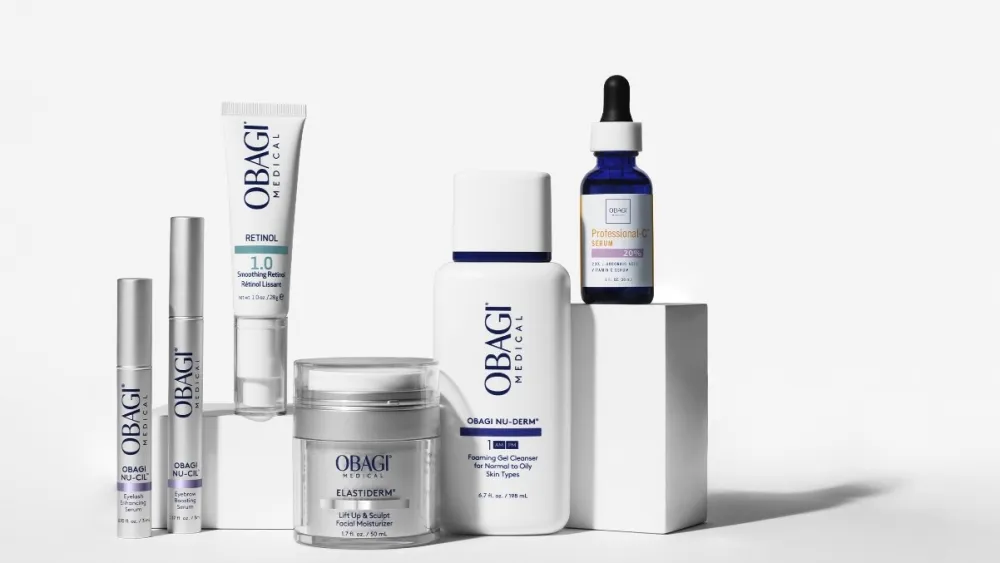
Per number provided by Waldencast, the U.S. aesthetic market is projected to reach $9.3 billion in 2025, with dermal fillers and medical-grade skincare each representing about $2 billion, and neuromodulators not far behind. With Saypha, Waldencast participates in a segment equal to roughly $4 billion of that total.
“Fillers are only the beginning,” says Brousset. “Next comes neuromodulators, RX-to-OTC switches, i.e., turning prescription treatments into over-the-counter options, biostimulators and new personalization technologies. This marks a pivotal moment as we expand into high-margin, repeat-purchase categories within aesthetics.”
Waldencast’s Saypha arrangement represents the latest marriage of beauty and aesthetics. The sister industries have been becoming closer as more Americans complement their topical skincare regimens with needles and beauty companies eye growth opportunities. In 2024, L’Oréal acquired a 10% stake in Galderma.
Waldencast is opening up its consumer brand playbook as it jumps into the aesthetics fray. “We come from beauty, not pharma,” says Brousset. “We’re going to reach consumers through influencers, digital and editorial. We’ll empower them to walk into their practitioner’s office and say, ‘I want the Obagi injectable.’”
He continues, “We’re not chasing disease states. We’re building brands that consumers recognize, trust and ask for. Obagi can be that brand. The one that connects skincare, injectables and everything in between.”
“We want Obagi to be the first aesthetic brand people recognize and ask for, just like they ask for Botox.”
In a research note, financial services company TD Cowen calls the acquisition of Novaestiq a “significant catalyst” for Obagi, with the potential to add $100 million to $150 million in top-line revenue to the brand by 2030. The firm forecasts the U.S. filler market will grow at a 7% compound annual growth rate to hit approximately $1.9 billion by 2030 and views Obagi’s entry as a strategic expansion of its business in the medical channel. The note reads, “This deal strengthens Obagi’s competitive positioning and provides access to a future pipeline of novel injectables in North America.”
Brousset shares that the expected gross margins for businesses in the aesthetics space are in the mid-60% to mid-70% range and earnings before interest, taxes, depreciation and amortization (EBITDA) margins in the mid-30% range. Operationally, Saypha benefits from the infrastructure Obagi has built in sales, marketing and education teams that’s embedded in doctors’ offices and med-spas.
“If you’re a salesperson in Kansas City selling Obagi skincare, now you’re also selling injectables,” says Brousset. “It gives us tremendous cost efficiency and scale.”
The acquisition also creates new distribution opportunities for Obagi. The brand is currently available in 5,500 professional medical accounts, but Brousset envisions that it could expand into 14,000-plus professional accounts that offer injectables nationwide. He says, “Our job now is to sell Saypha into our existing accounts and use it as a door opener to these other accounts and then say, by the way, our Obagi products are great for pre-and post-injectables, too.”
Saypha touts that its proprietary technology enables consistent molecule dispersion, resulting in smoother injection, more predictable spread and natural-looking results. The extrusion force required to inject is lower, too, which Brousset says makes the process easier and comfortable for clinicians. Studies on Saypha include more than double the typical sample size and incorporate subjects across the Fitzpatrick scale of skin tones.
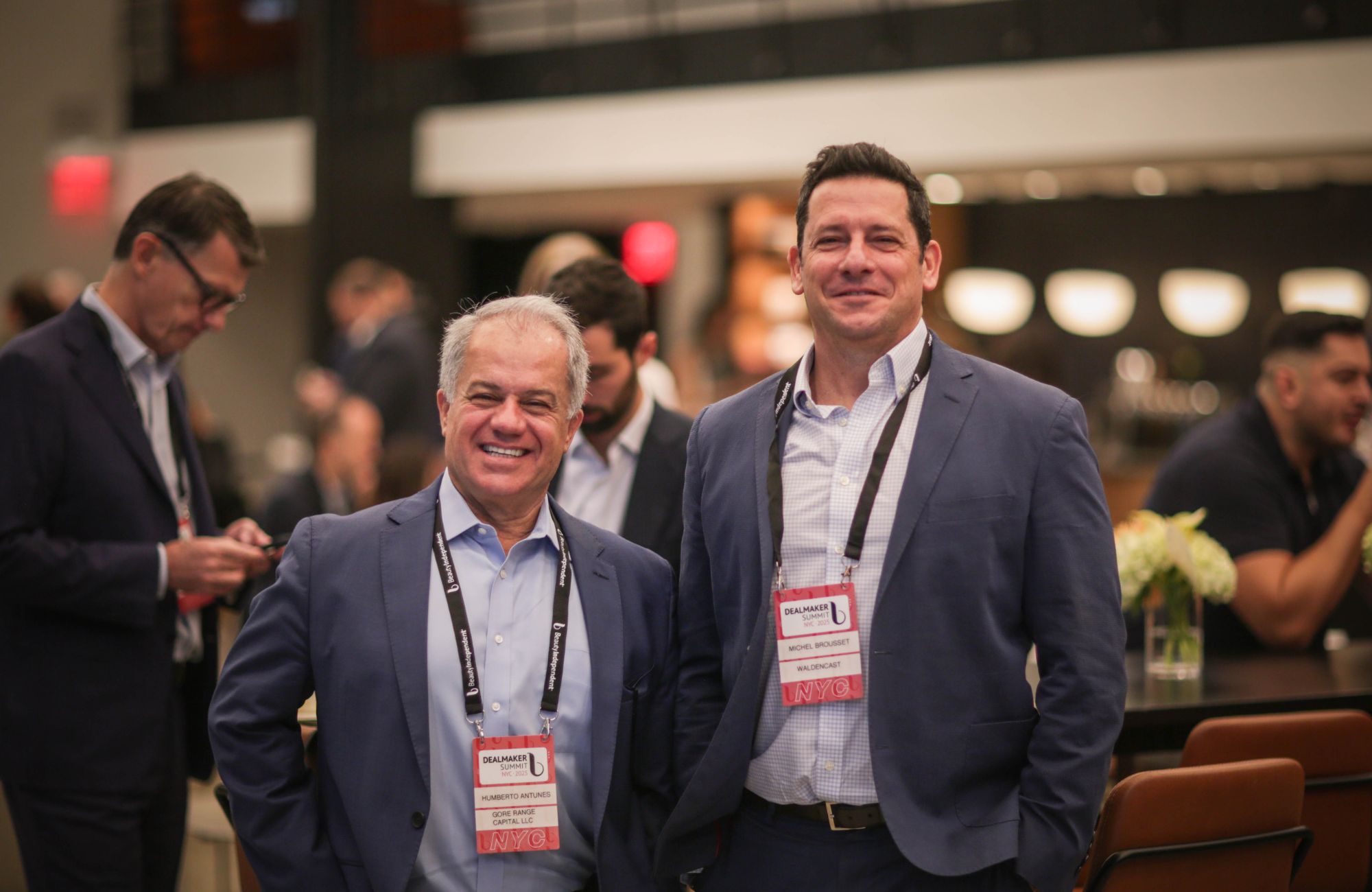
“That’s a huge advantage when talking to practitioners who serve diverse patients,” says Brousset. “They want to know this product is safe and effective for everyone.”
While most filler use today is concentrated on the face, body aesthetics is an emerging growth vehicle as GLP-1 use boosts demand for aesthetics services. Obagi’s ELASTIderm Neck & Décolleté touches upon the body treatment area that the weight loss drugs are transforming. “People are losing volume everywhere, not just in their faces,” says Brousset. “And once they feel better from weight loss, they become more engaged. They want to do more—skin tightening, body contouring, collagen regeneration.”
Waldencast has an option to acquire fillers outside the 1,4-butanediol diglycidyl ether (BDDE) realm. BDDE is a chemical commonly used to make hyaluronic acid fillers last longer, and it’s in Saypha. “Removing BDDE removes injection limits,” says Brousset. “That opens up a whole world of applications.”
Click here to learn more about Dealmaker Summit happening November 10 & 11 in London.



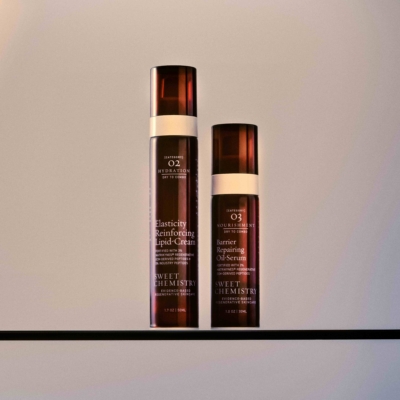
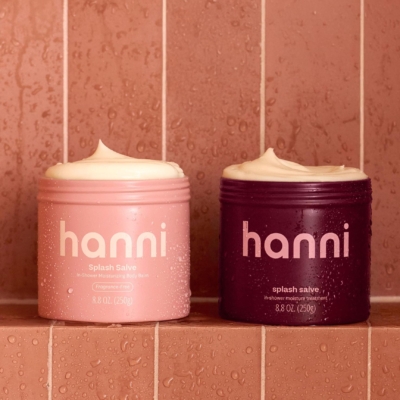
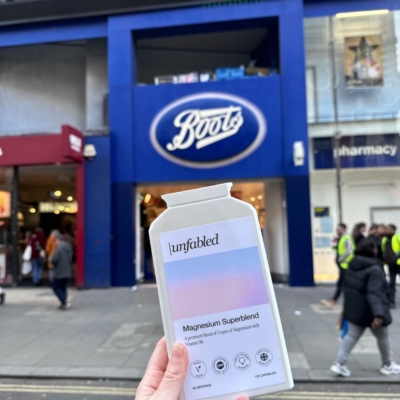
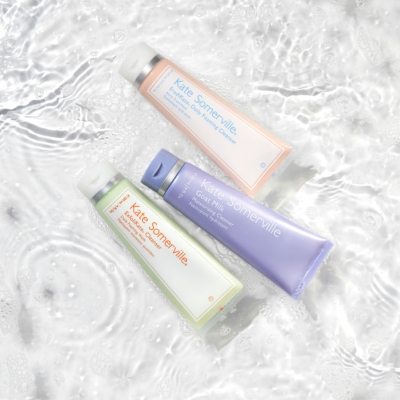
Leave a Reply
You must be logged in to post a comment.